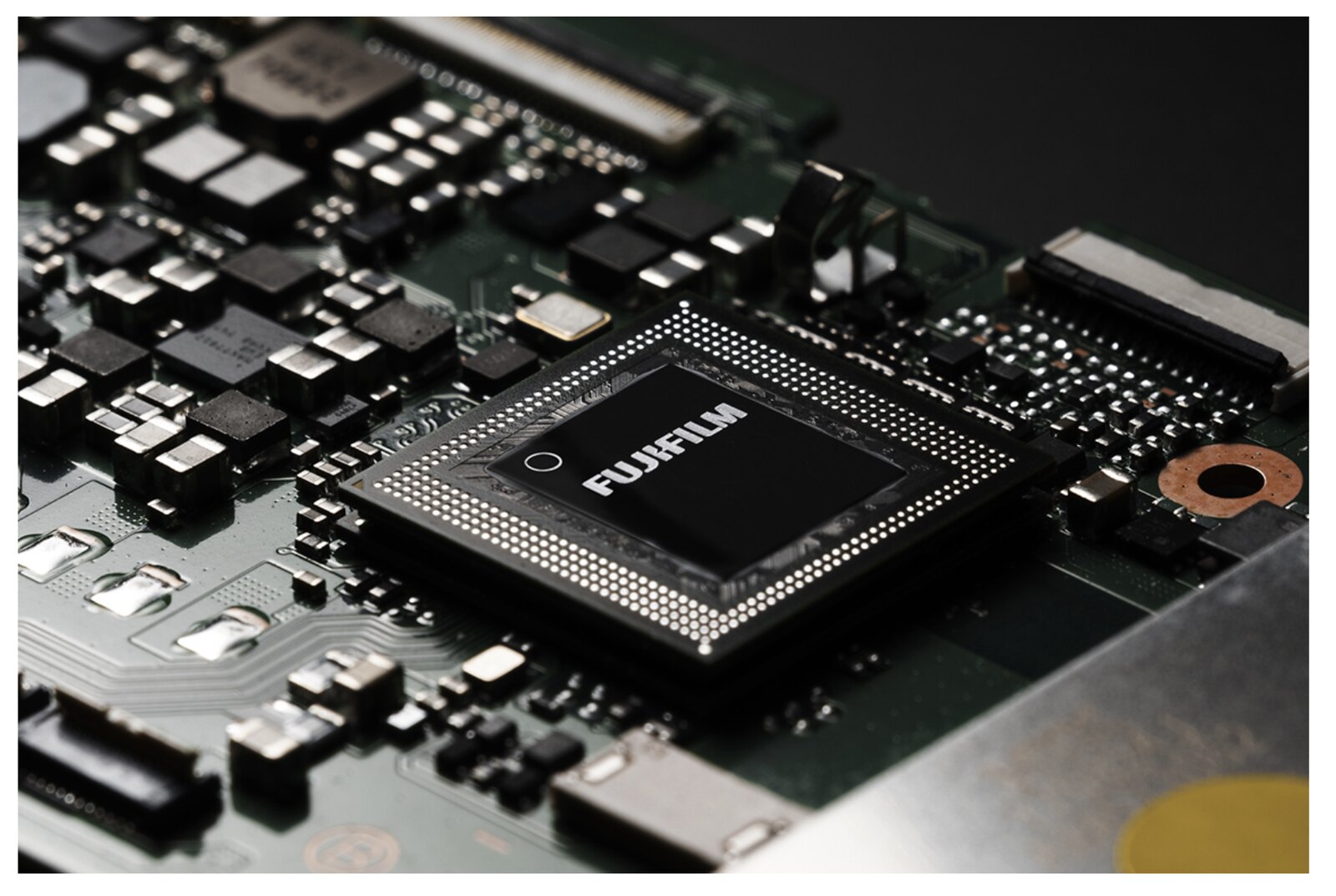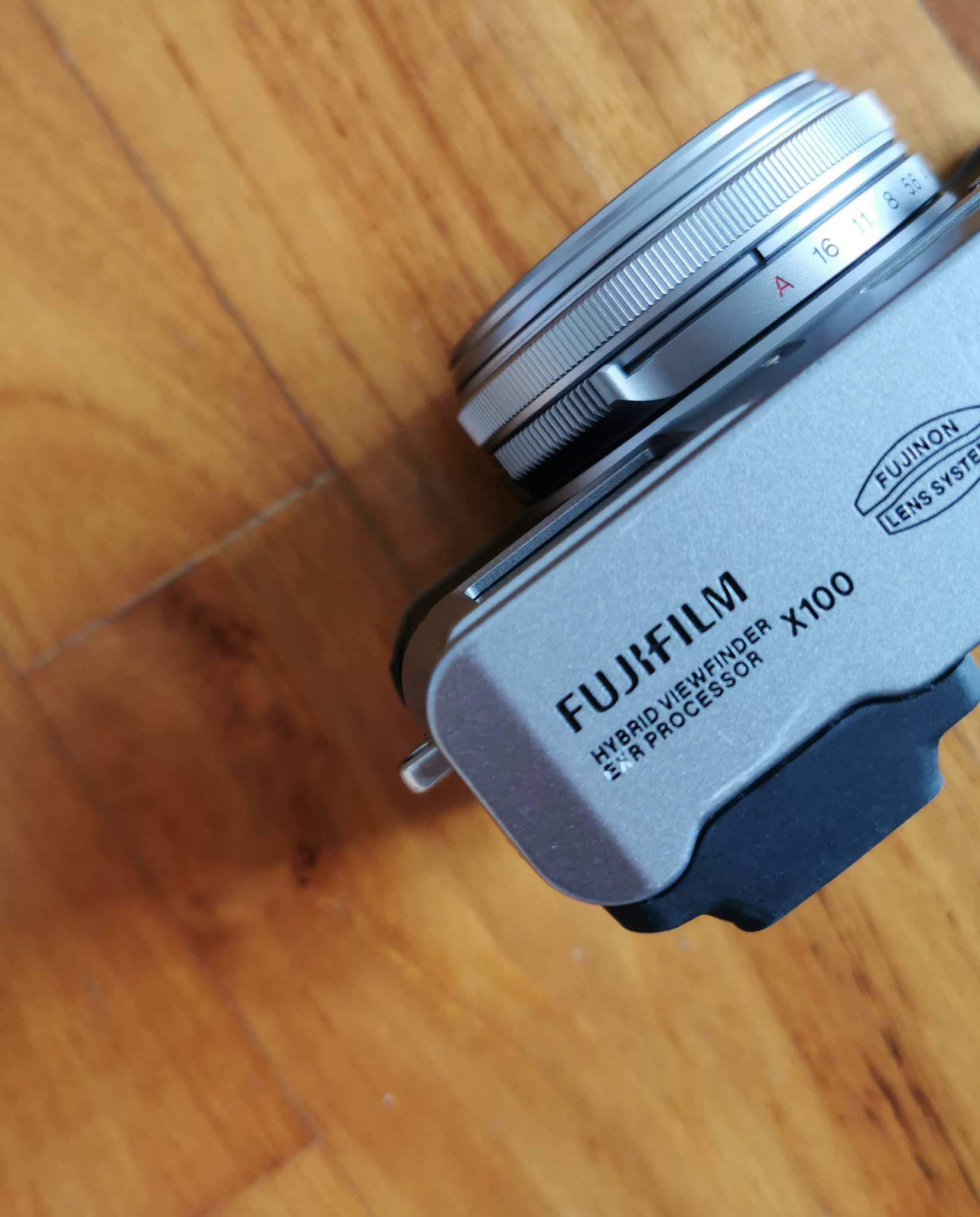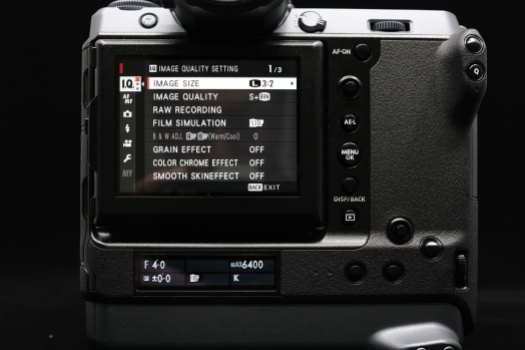*Part II of the Review is here.
The GFX100 is not a typical camera, and for a photographer’s tool of this pedigree and potential, I shall start with my conclusion instead, and it goes as:
The GFX100 is inevitable & unsurpassed in it’s uniqueness.
The decade has seen noteworthy brands such as Leica, Nikon, Olympus (in alphabetical order) reaching their Centenary and Fujifilm’s heritage is not too far off with the launch of the FUJICA Six Model 1 6×6 Medium format camera in 1948.
True to her statement of innovation, Fujifilm has leaped over competitors with longer histories and now a member of the exclusive club to offer a top-tier medium format camera in the 100 megapixels arena.
 The GFX100 | the Future in your grasp
The GFX100 | the Future in your grasp
And today I invite you to read more about the GFX100, for easier reading, the review will be in 3 parts:
Part 1: 5 reasons to why the GFX100 is unique and ultimate (with technical specs)
Part 2: Handling / Design and Samples
Part 3: Conclusions & Comparisons
The GFX50S and GFX50R (click on their names to go to my reviews on them) heralded Fujifilm’s entry into digital medium format and some might be mistaken the GFX100 is simply more megapixels crammed into them and that cannot be more wrong, and allow me to explain this further in Part I.
The GFX50R and GFX50S heralded Fujifilm’s entry into medium format.
⚫️ Part 1: The GFX100 | 5 Ways it is unique and ultimate.
A new 102 megapixels Sensor
Doubling what the GFX50R and GFX50S can do, the GFX100 now has the resolving power of a 102MP CMOS sensor. Pairing with the high-performance GF lenses, one is treated to unsurpassed image resolving performance and color reproduction capability that used to only be in the reach of those willing to invest in a Phase One or Hasselblad system.
With the new sensor, a back-illuminated design serves to enhance light gathering abilities in this imaging and video monster with significantly improved autofocus capabilities.
For one, the GFX100 supports “16bit RAW” “16bit TIFF” recording, bound to please creators with the need for even higher file malleability.

Source: Fujifilm

I will share more on the expected file sizes and with 100% to 200% crops, attempt to show the wealth of additional details the professional can now work with under the image samples section.
In body 5 axis image stabilization (IBIS) up to 5.5 stops.
The GFX100 is the world’s first medium format interchangeable lens digital camera equipped with in-body image stabilization up to an excellent 5.5 stops (dependent on lens model) in Pitch/Yaw/Shake.
The IBIS functionality alone makes the GFX100 unique, rewriting the boundaries for what a photographer can do with medium format cameras, giving users the ability to handhold a high-resolution camera in all types of photographic scenarios,

GF23mm, f4, ISO 6400, handheld 1/7s
Hybrid Autofocus performance with 100% coverage
The GFX 100 is the first medium format camera to use on-sensor phase-detection autofocus, and read this, with 100% frame coverage. The implies a significant improvement in AF capabilities for imaging and video.

Fujifilm has shared expectations of at least a 50% improvement in AF performance compared to the GFX50R and 50S and yes, this is a reality with 2.16 million AF phase detection pixels. We are now also talking about expanded low-light threshold from previously +0.5EV to now -3.0EV.
A pleasant surprise to me was that while it may take a second or two for the eye detection to initialize but once it was activated, the keeper rate was highly improved, this goes the same for autofocus tracking.
The GFX 100’s sensor can read out information from the phase-detect focus pixels and the image pixels entirely separately, which is a boost for AF performance during video recording.
Uncropped 4K video capabilities.
The GFX100 is the world’s first medium format camera to support 4K video recording at 30p for a unique medium format cinematography look, depth of field, tonality, while utilizing the full phase detection AF and in-camera image stabilization.
At the highest end, the GFX100 is specced to do DCI (4096×2160) at 29.97p/25p/24p/23.98p up to 400Mbps up to approx 60 mins and it has the ability to record 4K/30p 10-bit 4:2:0 internally, or 4:2:2 on an external recorder, via its HDMI port and in fact, the video capabilities from the famed X-series have been included into the GFX100 to pioneer a new world of videography.

GF110mm f2 at ISO200, f2, Eterna SOOC
And yes, the GFX100 is the first GFX camera to sport the Eterna film simulation.
A new Processor
All the capabilities stated above entails a huge amount of processing power, and this is where the GFX100’s fast “X Processor 4” processor comes in to manage and handle the data not just from stills, but in managing the hybrid auto-focus algorithms and data readouts from 4K filming.
In fact, even at 102MP, the new processor allows CH at Approx 5fps (JPEG 41 frames/ lossless compression RAW 14 frame/ Uncompressed RAW 13 frames) moving to at 2.0fps ENDLESS frames in JPEG.

Source: Fujifilm
⚫️ Part 2: Design and Handling
For a reviewer, there are only so few times where a camera can giddy me with the awe of it’s immense potential and the GFX100 takes this honor.


Departing from typical Fujifilm, the top of the camera is now nondescript with the shutter speed and ISO dials gone and replaced by a single ‘Drive’ button and outer dial labeled ‘Movie’, ‘Multi’, and ‘Still’. A large LCD (looks like E-ink) sits to the right-hand side of the viewfinder displays the necessary info for a shot.

Frankly speaking, after the 5 hours with the GFX100, the new controls setup is very intuitive.
For example, to switch between PASM modes, it is as easy as depressing the (lock) button next to the right E-ink screen, depressing the (lock) button on the right dial area allows one to switch between various drive modes easily. The front and back dials as they have always done, allows one to switch aperture / ISO / shutter speeds.
Use in tandem with the ‘Q’ button and the touch screen, one has access to all one needs without a need to do a menu dive, easily allowing changing of settings on the fly.

The back of the camera is elegantly simple, and with a built-in vertical grip which offers duplicated horizontal and vertical controls as standard.
The EVF comes in the form of a 5.76M-dot OLED removable design, and god, it is beautiful, besting the 4.4M-dot design from the Leica SL and on par with Panasonic’s S1R.
The body offers a slide-out tray housing two of the NP-T125 batteries and is rated for around 800 shots, and yes, the camera does work with only 1 battery too. The standard power supply slot and USB-charging are all available. As with all professional cameras now, one gets dual slots UHS-II SD support and a full plethora of ports like:
USB-C (USB3.2 Gen1),
HDMI micro-connector (Type D),
Diameter 3.5mm, stereo mini connector (Microphone)
Diameter 3.5mm, stereo mini connector (Headphone),
DC in (15V) etcetera.
Lastly, yes, the heft of quality and robustness is there in the body which is weather sealed with 95 points of sealing.
Body dimensions are 3.09 lb (1.40kg) and Length at 4.05 in (102.87 mm), Width 6.15 in (156.21 mm) and Height 6.44 in (163.58mm)

In my close to 5 hours of handling and shooting it with the GF110 f2 and GF23 f4 lens, surprisingly it did not feel as bad as I had expected coming to strain.
Lastly, users coming from the GFX50R, GFX50S or X-mount will be reassured to know the firmware menus carry across nicely and will face little difficulties in navigation.
Image Samples.
*Disclaimer for image samples shared.
- The GFX100 unit is a sample unit running pre-production firmware, hence the menus might look different from the final production units.
- All images unless stated otherwise (including those of the camera) shared here were photographed by me and edited in Lightroom to my preferences.
- There is no RAW support for the GFX100 now, hence images were all edited from JPEGs.
- The GFX100 was loaned with the generosity of Fujifilm Asia Pacific, I was not paid in any form and the camera returned at the end of the review.
- I received the GFX100 on Tuesday, 21 May afternoon and had around 5 hours to test it while aiming to get the review out by 23 May 2 p.m. (GMT +8), thus I do confess there was little time to produce images up to my satisfaction, I do apologize if you feel the images fall short of your expectations and I will be updating more samples as I go along.
- All images were shot with a GF110mm f2 or a GF23mm f4.

GF110mm f2 at ISO200, f2.5

GF110mm f2 at ISO200, f2.5

If you noticed, I’ve applied the skin smoothening in camera function to this JPEG shot. Similar to how Texture works in Lightroom, this will be handy for portraits.
This is a 100% crop of the image above, and the amount of details one can work with with the GFX100’s files (around 40MB for JPEG and 210MB for uncompressed raws) are beyond my expectations with my 2017 iMac barely keeping up even editing the JPEGs.

GF110mm f2 at ISO200, f2

200% Crop

GF23mm f4 at ISO200, f4

GF23mm f4 at ISO200, f4

GF110mm f2 at ISO160, f2

50% Crop
and yes, what about the competency of the 5-axis IBIS in the GFX100?
Read on. All shots were handheld.

GF23mm f4 at ISO5000, f4, 1/17s

GF23mm f4 at ISO2000, f4, 1/17s

GF23mm f4 at ISO6400, f4, 1/10s
⚫️ Part 3: Conclusions & Comparisons
Writing this part proved pretty difficult for 2 reasons.
- Testing the GFX100 has proved to be humbling, as I really feel that with so many other better photographers than me out there, there is so much potential in the GFX100 I have been unable to display.
- A medium format camera complemented with a hybrid autofocus system with IBIS and 4K Video capabilities in one body, achieving all these without the need for any additional purchases (like a digital back) soon made me realize the GFX100 is a camera in it’s own league, with hardly any competing comparisons at all.
If I really try hard to find a comparison, a Hasselblad X1D is surely cheaper but one should be comparing an X1D to a GFX50S or GFX50R, and not a GFX100.
From the traditional medium format giants Phase One and Hasselblad, a full sized medium format sensor equipped Hasselblad H6D-100C currently retails for an eye-watering USD$32,995 while a Phase One XF 100MP goes for a USD48,990 price tag upwards, options easily 200-300% upwards more costly yet lacking some of the functions like a hybrid AF system the GFX100 has. (most users I asked actually do not even know that the Phase One XF 100MP has a total of one, yes just one focus point)
and yes, taking these points into account, I am really glad to say that:
The GFX100 not only unique in it’s class but it is inevitable.
Inevitable in that this is the future of medium format cameras, with its strength of not just sensor size and excellent glass, but completed by a full array of functions previously thought to be optional functions like IBIS and 4K video recording.
 Looking at the 12 megapixels Fujifilm X100 released just in 2011, one can’t help but feel a bit pride in how far Fujifilm has come along.
Looking at the 12 megapixels Fujifilm X100 released just in 2011, one can’t help but feel a bit pride in how far Fujifilm has come along.
Thank you for reading and do look forward to more image sample updates.

To end off, not forgetting the obligatory cat shot.
GF110mm f2 at ISO250, f2














A well written review. I own GFX-50S and I am eager to own one of this, maybe next year (once all quirks have been addressed and software aspects are sorted out).
LikeLike
Hi, it will take some time for Fujifilm to deliver some of the promised functionalities like sensor-shift shot too 🙂 no camera is ever perfect but I’m sure they will work to address all they can.
LikeLike
I hope some of the gfx-100 features trickle down to the gfx-50s mark ii (or whatever it will be called). Slightly faster processing, improved afs (phase detection), maybe Ibis (maybe – not really bent on this) will be a great addition
LikeLike
I hope so too, for me even the improved AF system alone from the GFX100 going into the GFX50 series will rejuvenate new life into it.
LikeLike
Thanks Keith, for the candid and well-written review. I’m looking forward to receiving my own GFX 100 soon. I’m trying to find an alternative to birds and have high hopes that the GFX 100 will be the tool I need for more creative shooting.
LikeLike
Hi Paul, thank you for dropping by 🙂 I hope the GFX100 will fulfill your needs too.
LikeLike